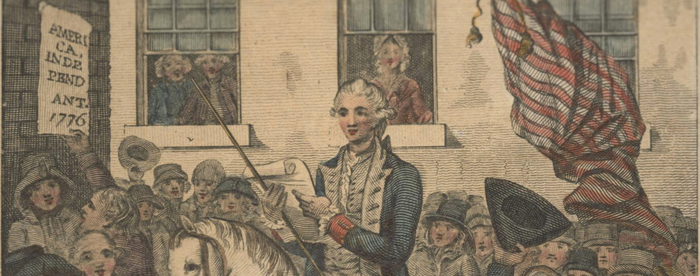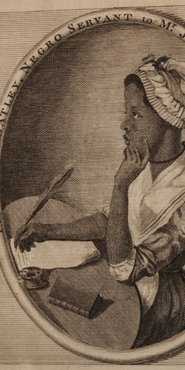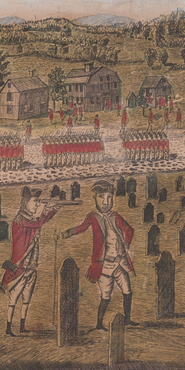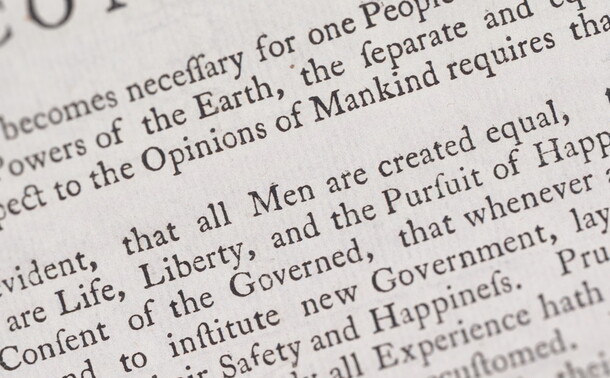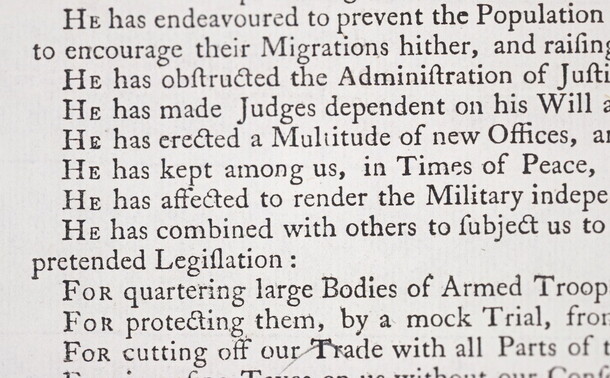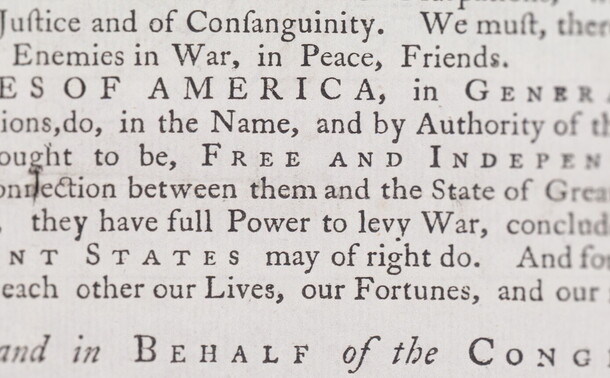Build Your Reading Skills
As you read the annotations, evaluate what choices they reflect. Consider which phrases receive special attention, what themes these phrases have in common, and how the annotations illuminate the steps in a narrative.
Image: Frontspiece portrait of Phillis Wheatley, Poems on Various Subjects, Religious and Moral, 1773. (The Gilder Lehrman Institute, GLC06154)
